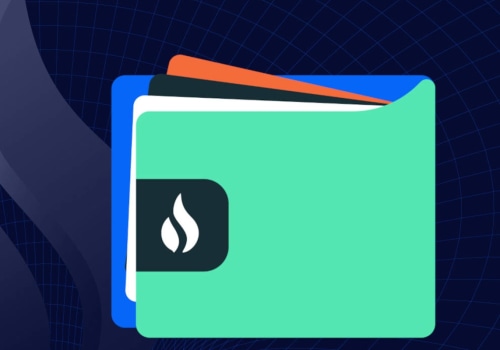Cryptocurrency wallets, or simply crypto wallets, are places where merchants store the secure digital codes needed to interact with a blockchain. They don't actively store your cryptocurrencies, despite what their name might lead you to believe. A crypto wallet is a downloadable software, available through the App Store or the Google Play store. It stores the private keys needed to access your cryptocurrencies and can be accessed through your mobile phone or other portable device.
Getting a crypto wallet is easy and straightforward. Here's a step-by-step guide on how to do it: Step 1: Download a wallet app. Popular options include Coinbase Wallet and MetaMask. Unlike a hosted wallet, it's not necessary to enter your personal information or choose a strong password.
Step 2:
It's recommended to use two-step verification (also called 2FA) for an extra layer of security.Unlike a hosted wallet, you don't need to share any personal data to create a non-custodial wallet.
Step 3:
Crypto wallets store your private keys, keeping your cryptocurrencies safe and accessible. They also allow you to send, receive and spend cryptocurrencies such as Bitcoin and Ethereum.Step 4:
Online wallets offered by major exchanges such as Coinbase are the simplest way to get started in the cryptocurrency world and offer a balance of security and easy access.Step 5:
Non-custodial wallets don't rely on a third party or a “custodian” to keep your cryptocurrencies safe. But unlike a safe deposit box, cryptocurrency users who have their own private keys and make transactions using non-custodial wallets can still be viewed on Ledger Live.Step 6:
Trezor is a well-known brand in the cryptocurrency world, which has launched the first hardware crypto wallets. It has an Atomic Swap feature, which uses a decentralized cryptocurrency exchange hosted within the wallet itself to exchange coins without third parties.Step 7:
Cold storage wallets are generally considered a safer way to store cryptocurrency compared to hot storage wallets.Unlike stock exchanges, you can withdraw your cryptocurrencies from an exchange and store them in an external wallet.







